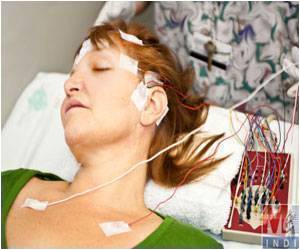
Approximately half (222) of the patients were assigned to traditional care through their primary care providers. The other half (228 in the intervention group) saw a primary care provider and received additional high blood pressure management and telemonitoring support from a pharmacist.The intervention patients measured their blood pressure at home and sent the readings electronically to a secure website. Participating pharmacists accessed the information and consulted the patients every two to four weeks by phone.
All 450 patients came to a special research clinic to have their blood pressure measured at the beginning of the study, and 403 of them were seen again after six months, Margolis said. The researchers found:
- Six months into the study, 45.2 percent of participants in the traditional care group and 71.8 percent in the telemonitoring intervention had reduced their blood pressure to healthy levels under 140/90 millimeters of mercury (mm Hg) in most patients, and under 130/80 mm Hg in those with diabetes or kidney disease.
- Blood pressure decreased more in the telemonitoring group. At the start of the study, patients' blood pressures averaged 148/85 mm Hg. At six months, the average was 126/76 mm Hg in the telemonitoring intervention and 138/82 mm Hg in the traditional care group.
- Patients in the telemonitoring group received more high blood pressure medicines after six months than patients in the traditional care group.
- Patients in the telemonitoring group reported that they were better at remembering to take their medications consistently than those in the traditional care group.
Source-Eurekalert














